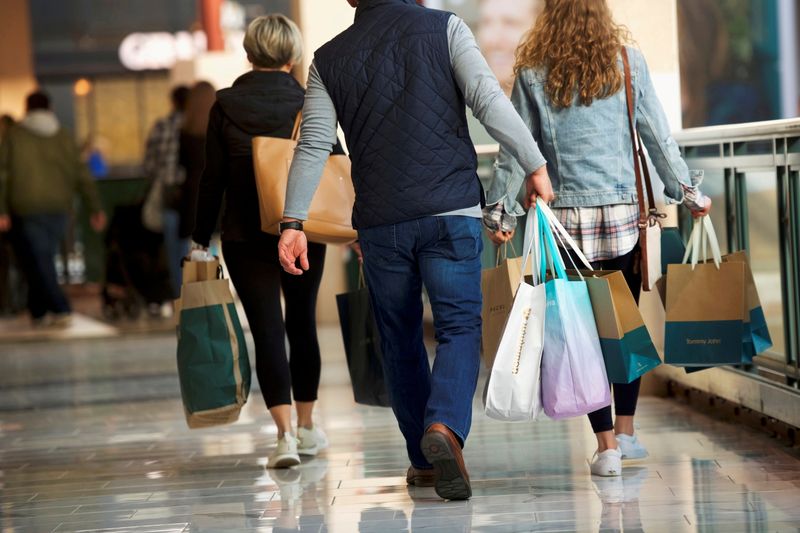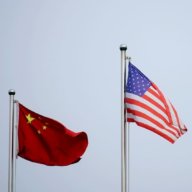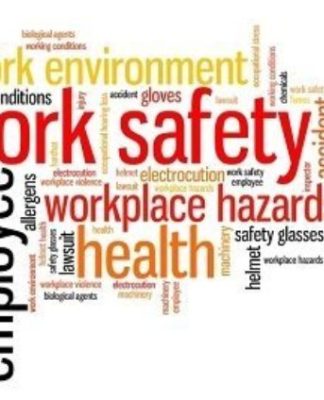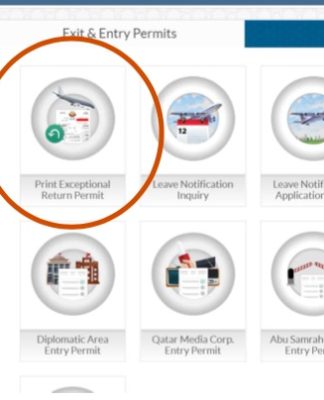Automobiles restrain U.S. consumer spending, monthly inflation slowing

WASHINGTON (Reuters) – U.S. consumer spending slowed in July as a decline in motor vehicle purchases due to shortages offset a rise in outlays on services, supporting views that economic growth will moderate in the third quarter amid a resurgence in COVID-19 infections.
But the foundation for the recovery remains solid, with the report from the Commerce Department on Friday showing wages rising and Americans further boosting savings. Inflation appears to have peaked, which could preserve households’ purchasing power. Businesses are also restocking and exporting more goods, suggesting a slowdown in growth this quarter could be temporary.
“There are clear downside risks to spending if more events and trips are canceled and more products are delayed getting to shelves,” said Sal Guatieri, a senior economist at BMO Capital Markets in Toronto. “But it’s a bit early to throw in the towel on the economic outlook given supportive wage and saving trends and a likely boost from business investment, inventories, and trade in the third quarter.”
Consumer spending, which accounts for more than two-thirds of U.S. economic activity, increased 0.3% last month after advancing 1.1% in June. Last month’s rise was in line with economists’ expectations.
Demand is rotating back to services like travel and leisure, but spending has been insufficient to compensate for the drop in goods purchases, which are also being impacted by shortages.
Goods spending fell 1.1% last month, led by motor vehicles. A global shortage of semiconductors is hampering auto production. There were also decreases in spending on recreational goods as well as clothing and footwear. Still, goods spending is 20% above its pre-pandemic level.
Spending on services rose 1.0%, a broad increase led by food services and accommodations. Outlays on services last month were 1% above their February 2020 level. Healthcare, transportation and recreation are yet to recoup their pandemic losses.
Credit card data suggests spending on services like airfares and cruises as well as hotels and motels slowed in August amid soaring COVID-19 cases driven by the Delta variant.
Fears about the virus knocked consumer sentiment to a more than 9-1/2-year low in August.
Inflation continued to rise last month, fanned by the unrelenting supply constraints and the economy’s move toward normalcy after the upheaval caused by the pandemic. But the pace of increase is slowing.
The personal consumption expenditures (PCE) price index, excluding the volatile food and energy components, climbed 0.3% in July. That was the smallest gain in five months and followed a 0.5% advance in June. In the 12 months through July, the so-called core PCE price index rose 3.6% after a similar increase in June. The core PCE price index is the Federal Reserve’s preferred inflation measure for its flexible 2% target.
Fed Chair Jerome Powell in a speech to the Jackson Hole economic conference on Friday defended his long-held view that high inflation would be transitory. Powell said the economy continued to make progress towards the U.S. central bank’s benchmarks for reducing its massive support, but stopped short of signaling the timing for any policy shift.
Powell’s comments buoyed U.S. stocks, with the S&P 500 and the Nasdaq scaling record highs.
The dollar fell against a basket of currencies. U.S. Treasury prices rose.
INCOME, SAVINGS RISE
High inflation chipped away at consumer spending last month. Consumer spending adjusted for inflation dipped 0.1%. The so-called real consumer spending rose 0.5% in June. Real consumer spending is slightly above the second-quarter average.
“Spending growth in the current quarter is still guaranteed to be far below the 11.6% annualized rate of the first half of the year, but at least it is starting in positive territory,” said Lou Crandall, chief economist at Wrightson ICAP in Jersey City.
The Atlanta Fed cut its third-quarter GDP growth estimate to a 5.1% rate from a 5.7% pace. The resurgence in COVID-19 cases, which is global, could cause more supply disruptions.
The economy grew at a 6.6% pace in the second quarter, which raised the level of gross domestic product above its peak in the fourth quarter of 2019.
But the drag from slowing consumer spending this quarter is likely to be limited by a narrowing trade deficit and the replenishing of depleted inventories by businesses.
In another report on Friday, the Commerce Department said the goods trade deficit decreased 6.2% to $86.4 billion last month as imports fell and exports rose.
Retail inventories gained 0.4%, while stocks of goods at wholesalers increased 0.6%.
Overall, the economy remains supported by record corporate profits. Households accumulated at least $2.5 trillion in excess savings during the pandemic. Growth is expected to pick up in the fourth quarter, in part driven by inventory accumulation.
The saving rate increased to 9.6% last month from 8.8% in June as some of the money disbursed by the government under the Child Tax Credit program to qualifying households was socked away. Personal income shot up 1.1% after gaining 0.2% in June.
Wages also rose as companies compete for scarce workers, increasing 1.0% in July. Income at the disposal of households after accounting for inflation rebounded 0.7% after three straight monthly declines.
Household wealth is also being boosted by high stock market prices and accelerating home prices.
“The overall position of the household sector is strong and consumers have plenty of buying power,” said Conrad DeQuadros, senior economic advisor at Brean Capital in New York.
(Reporting by Lucia Mutikani; Editing by Chizu Nomiyama and Andrea Ricci)






































comments